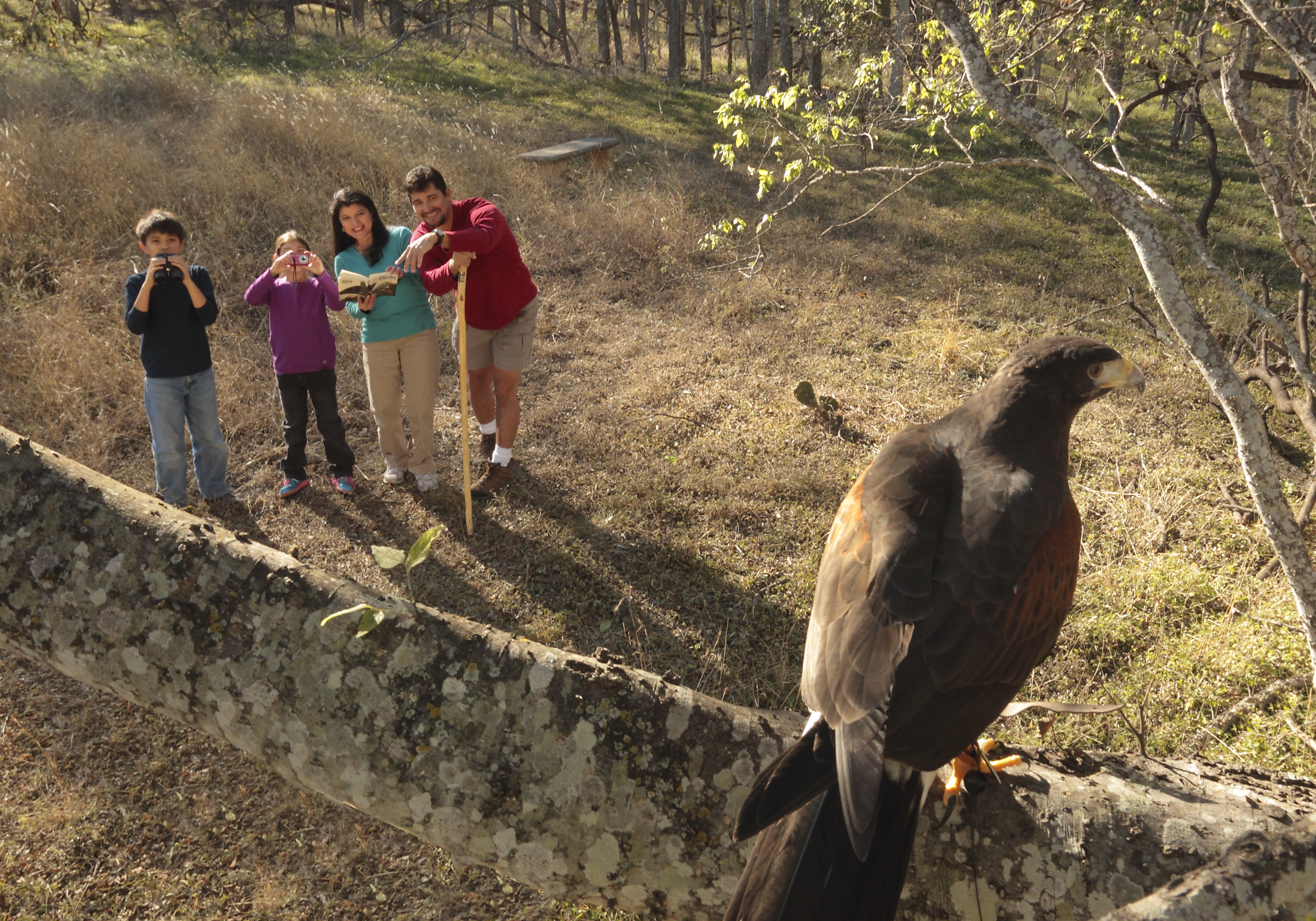Birding: Vagrant Species, 2
Friday, April 26th, 2013
Blue Mockingbird
This is Passport to Texas
Vagrant birds are those who stray from far outside their expected range. But why do these birds end up so far from home?
04— There are various reasons why a bird might show up in an odd place.
Noreen Damude, wrote an article about vagrant bird sightings for the May issue of Texas Parks and Wildlife magazine.
31— Weather has definitely a lot to do with it. Storms, hurricanes – things like that. Or, extended droughts in certain areas. There was one in Northern Mexico that drove many birds up across the border that we usually don’t see, like white throated robins and masked tyras, and things like that.
But Noreen says Mother Nature can’t take all the credit. Birding is one of the fasted growing hobbies in the US, and more eyes in the sky mean more surprises.
23— There are more birders. And the technology that’s been developed: computers and camcorders, and internet, and there are sites like eBird…. Let’s say you’re going to take a trip to Washington, DC, you can right away find out what’s been seen (besides politicians) in Washington that might be worth looking at.
You’ll find Noreen Damude’s article on vagrant bird sightings in the May issue of Texas Parks and Wildlife magazine.
For Texas Parks and Wildlife…I’m Cecilia Nasti.






 Passport to Texas is a
Passport to Texas is a  Passport to Texas is made available by:
Passport to Texas is made available by: